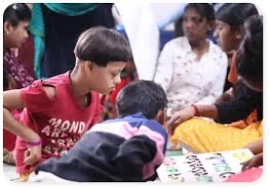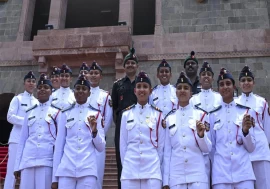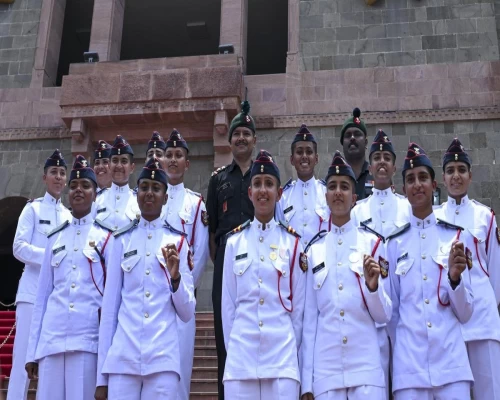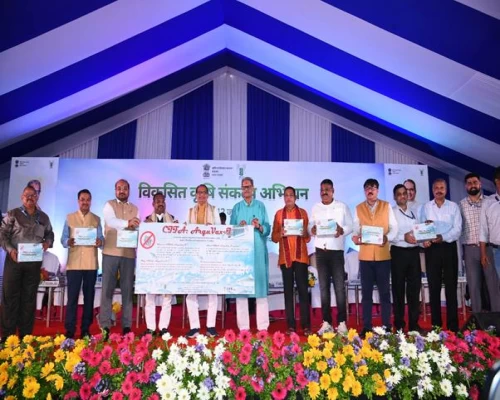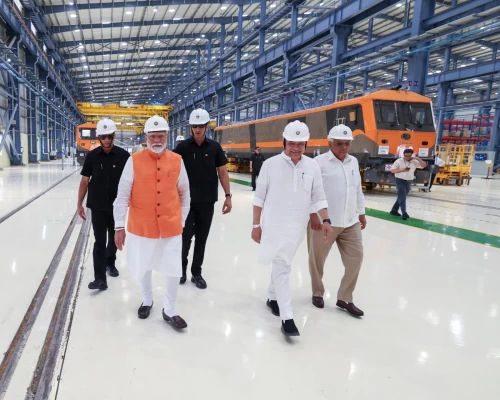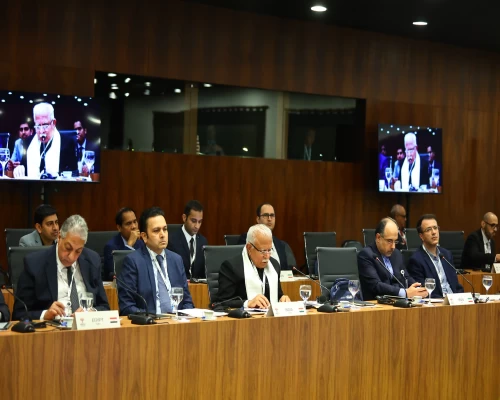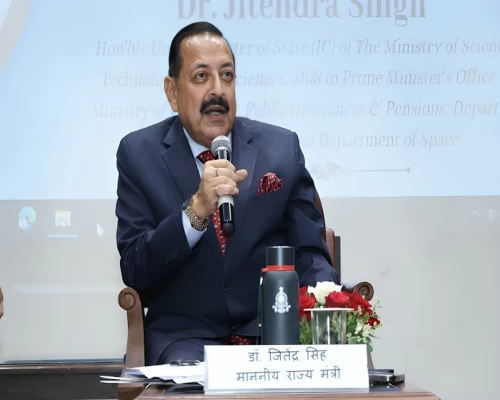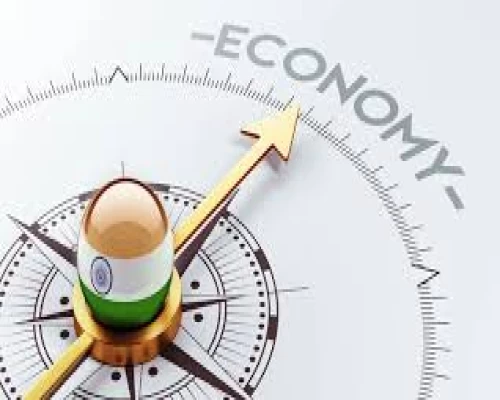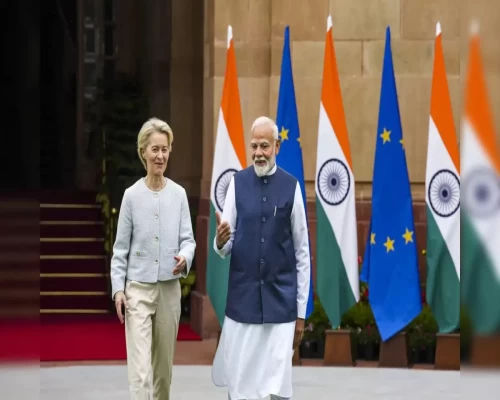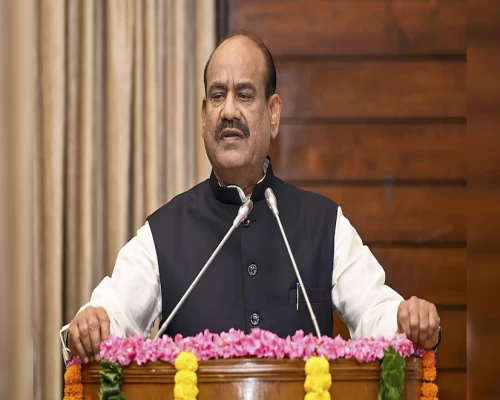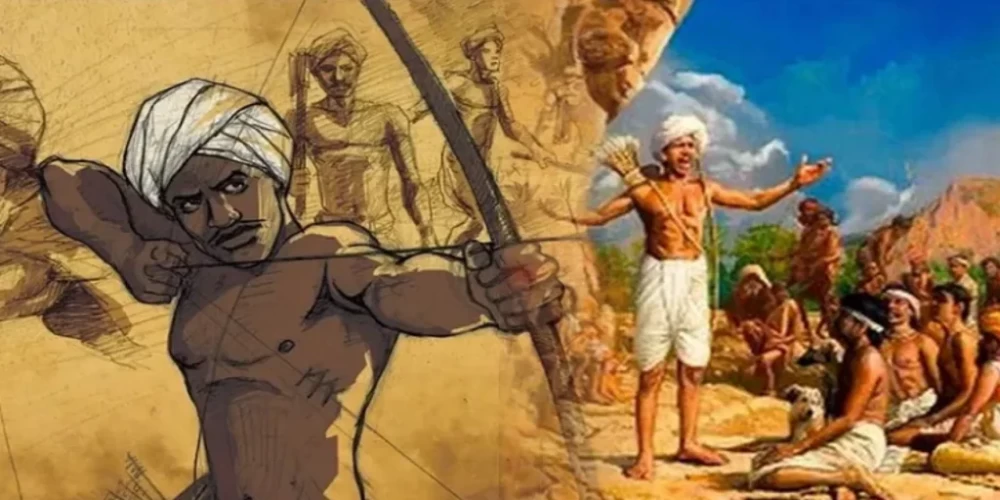
New Delhi: India's tribal communities, comprising over 10.42 million people across 705 distinct groups, often inhabit remote regions with limited access to essential services. To improve their quality of life and ensure inclusive growth, the government has launched a range of initiatives aimed at socio-economic empowerment, sustainable development, and cultural preservation. These efforts are transforming the lives of tribal populations by addressing education, health, infrastructure, and livelihood needs.
To celebrate the contributions of tribal communities, the government introduced Janjatiya Gaurav Diwas, observed annually on November 15 to commemorate the birth anniversary of Birsa Munda, a key figure in the tribal resistance against British colonial rule. This year, marking his 150th birth anniversary, the Prime Minister will unveil a commemorative coin and postal stamp while inaugurating development projects worth over Rs 6,640 crore. These projects are expected to bring tangible benefits to rural and tribal areas.
The Union Budget 2024-25 has allocated Rs 13,000 crore to the Ministry of Tribal Affairs. Additionally, under the Development Action Plan for Scheduled Tribes, over Rs 1,24,908 crore has been earmarked for tribal development by 42 ministries and departments. This fund, which has grown significantly since 2013, supports initiatives across sectors including education, healthcare, agriculture, and infrastructure.
Among the recent initiatives, the Dharti Aaba Janjatiya Gram Utkarsh Abhiyan, launched on October 2, aims to bridge critical gaps in social infrastructure across nearly 63,843 tribal villages. Another key program, the Pradhan Mantri Janjati Adivasi Nyaya Maha Abhiyan, focuses on the welfare of Particularly Vulnerable Tribal Groups, ensuring access to housing, clean water, education, healthcare, and connectivity. The revamped Pradhan Mantri Adi Adarsh Gram Yojana aims to develop villages with significant tribal populations by providing basic infrastructure and services.
Education remains a cornerstone of tribal development. The Eklavya Model Residential Schools have been instrumental in providing quality education to tribal children. With 728 schools approved so far, these institutions focus on academic, cultural, and skill development. In addition, scholarship schemes such as the Pre-Matric and Post-Matric Scholarships, National Overseas Scholarships, and National Fellowships are helping students pursue higher education and build brighter futures.
Efforts to enhance economic opportunities include financial support through the National Scheduled Tribes Finance and Development Corporation. Various schemes like the Adivasi Mahila Sashaktikaran Yojana, Micro Credit Scheme for Self-Help Groups, and Adivasi Shiksha Rin Yojana are empowering tribal individuals and communities to pursue income-generating activities and self-employment opportunities.
Healthcare initiatives such as the Sickle Cell Anaemia Elimination Mission and Mission Indradhanush are addressing critical health issues in tribal areas. The Nikshay Mitra initiative is providing comprehensive support to tuberculosis patients, contributing to better treatment outcomes. These efforts are ensuring improved health and well-being for tribal populations.
The government is also prioritising the preservation of tribal heritage and research. Tribal Research Institutes are supporting studies on tribal welfare, languages, traditions, and medicinal practices. Cultural festivals and documentation projects are helping safeguard and promote the rich heritage of these communities. For the most vulnerable groups, the Development of PVTGs scheme has been subsumed under the PM JANMAN initiative to provide targeted support.
These initiatives reflect the government’s commitment to uplifting tribal communities by addressing their unique challenges and integrating them into the nation’s development journey. By enhancing living standards, promoting education, and preserving their cultural identity, the tribal population is being empowered to contribute significantly to India's progress, reinforcing the vision of inclusive growth.
BI Bureau
Also Read:


